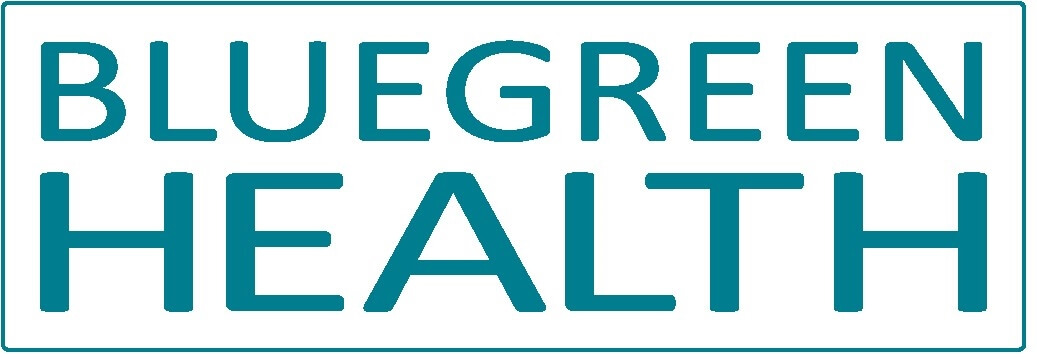Antibiotics, Bacteria and our Environment
By Dr L Mann DMD FRSM BHMA
We keep hearing that antibiotics are not as effective as they used to be.
We are advised to avoid antibiotics overuse due to increasing antibiotic resistance.
But what exactly is antibiotic resistance?
When bacteria causing an infection mutates and becomes resistant – it cannot be destroyed by the antibiotics anymore – this is defined as antibiotic resistance or Antimicrobial Resistance (AMR)
“In the UK 45% of bacterial infections are resistant to the main classes of antibiotics“ Welcome Trust, BMJ
Dr Gemma Newman GP, MBBCH DRCOG DFSRH MRCGP mentions a large review of 139 academic papers, 72 per cent of them showed evidence of a link between antibiotic consumption in animals, and antibiotic resistance in humans.
‘Why is this a problem? Because overuse of antibiotics in animals is a major driver of antibiotic resistance – an issue which is already on the rise.
Urinary tract infections are one of the main reasons for seeing a GP and the main trigger for antibiotic prescriptions in women. But when drug-resistant strains of bacteria are more common, the antibiotics we give don’t work, and we are left with few treatment options and patients who suffer. Around the world, 700, 000 lives are lost each year from antibiotic resistant infections, and according to the United Nations, this number is likely to reach 10 million by the year 2050 if we do not make changes’
‘Antibiotic resistance is the reason why a large number of women suffer from chronic, recurring urinary tract infections despite taking numerous courses of antibiotics. More antibiotics are not solving the problem. Apart from the ongoing symptoms that deeply impact their quality of life, mental health and relationships, patients affected by chronic UTIs are at an increased risk of sepsis. Study shows that 20-30% of Sepsis cases develop from Urinary tract infections’ says Dr Gemma Newman
According to Professor Dame Sally Davis, former Chief Medical Officer and UK Special Envoy on Antimicrobial Resistance: Antibiotic resistance is a major threat that “could kill us before climate change does“
But antibiotics use in humans is only the tip of the iceberg.
Did you know that 80% of the antibiotics manufactured today are used in the farming and aqua farming industry?
Extensive use of antibiotics has become the standard in modern factory farming, in fact, in 2020 around 160,000 tonnes of antibiotics were fed to farm animals just in the United States
Antibiotics are routinely fed to farm animals to increase the weight of the animals and thereby the profit. It is also done to compensate for the poor conditions the animals are living in.
The farming industry is not even required to disclose how much and what type of antibiotics are routinely used.
The World Health Organisation (WHO) recommends that farmers and the food industry immediately stop using antibiotics routinely to promote growth and prevent disease in healthy animals. The risk of developing multi resistant bacteria is too high (1)
But what happens after animals and humans use the antibiotics?
After antibiotics are excreted in the environment, they do not decompose, but find their way into our water supply, our soil and our oceans irreversibly affecting all living organisms.
How do antibiotics enter the environment ?
For example (2), when:
- A person or animal is given an antibiotic, not all of the medication is used up inside the body. Some antibiotic, either in its original form or slightly changed, is released in urine and/or stool.
- Unused antibiotics are thrown into landfills or flushed down drains or toilets.
- Antibiotics in manure and other waste-based fertilizers run off crop and grazing fields into waterways.
- Antibiotic-containing waste from our pets ends up in landfills and in neighbourhood sewer runoff.
- Antibiotics applied to fruit trees as treatment for bacterial infections seep into the ground and into waterways.
- Some industrial processes, like ethanol production, generate antibiotic-containing waste products that might contribute to environmental contamination.
Rivers are strongly polluted carrying their toxic overload to the seas and oceans, and antibiotic resistant genes against seven commonly used antibiotics were readily detected in the particulate matter from city air worldwide.
Antibiotics have also been shown to impact humans and animals by disrupting the human and animal microbial ecosystem, called the microbiome.
The microbiomes fulfil different functional roles for the hosts, ranging from efficient nutrient metabolism, immunity, to promoting bone formation and even modifying our hormonal and mental state.
Therefore, the disruption of a host’s microbiome, known as dysbiosis, can lead to important health consequences, including developmental defects, allergies, metabolic diseases or increased susceptibility to pathogens (3).
The environmental occurrence of antimicrobial pharmaceuticals, antibiotic resistant bacteria and antibiotic resistant genes has become a global phenomenon and a multifaceted threat (4).
Amongst the antibiotics discovered in our waters, there are high amounts of the fluoroquinolones (Ciprofloxacin, Levofloxacin, Ofloxacin) along with Sulfamethoxazole and Trimethoprim which are the most frequently used antibiotics for urinary tract infections (4).
Antibiotics are vital for fighting serious life-threatening infections and for surgery.
But used routinely for profit, they are extremely damaging for our health and our environment in multiple ways adding another dimension to the ecological crisis we face.
In the absence of concrete global policies to reduce antibiotics use in farming, we must ask ourselves, what can we do about it?
When we see doctors and are routinely offered antibiotics prescriptions for common conditions, we should ask the doctors: what are the alternatives to taking another course of antibiotics?
References:
- https://www.theworldcounts.com/challenges/consumption/foods-and-beverages/antibiotics-used-for-livestock/story
- https://www.ncbi.nlm.nih.gov/pmc/articles/PMC6616856/
- https://www.ncbi.nlm.nih.gov/pmc/articles/PMC6616856/
- https://www.sciencedirect.com/science/article/pii/S0014299919307654
